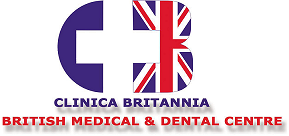Candidiasis is a fungal infection that can affect different parts of the body, including the mouth, skin, nails, genitals, and gastrointestinal tract. Candidiasis is caused by the overgrowth of a fungus called Candida.
Oral candidiasis, also known as thrush, is an infection that affects the mouth and can be uncomfortable and even painful. Symptoms include white patches on the gums, tongue, and cheeks, as well as a foul taste in the mouth.
Genital yeast infection is an infection that affects the genitals, and can cause itching, irritation, and pain during sexual intercourse. Women are more prone to developing this form of yeast infection.
Candidiasis of the skin can cause symptoms such as itching, irritation, blistering, and peeling. This form of yeast infection can appear anywhere on the body, but it is most common on the skin of the armpits, the area of skin folds, and the toes.
But how can yeast infection be prevented? Here are some tips to prevent yeast infection:
Maintain good hygiene: Make sure you wash your hands frequently and maintain good body hygiene.
Wear cotton underwear: Wearing cotton underwear is more breathable and less likely to retain moisture, which helps prevent yeast infections.
Avoid tight clothing: Avoid wearing tight clothing or underwear made of synthetic materials that retain moisture.
Maintain a balanced diet: A balanced diet that includes fruits, vegetables, protein, and healthy fats can help strengthen the immune system and prevent yeast infections.
Avoid antibiotics excessively: Antibiotics can alter the intestinal flora and favor the growth of Candida.
While it’s important to prevent yeast infection, it’s also important to treat it if it appears. Effective treatments for yeast infection are available, and may include antifungal creams, oral tablets, or mouthwashes.
In short, yeast infection is a fungal infection that can affect different parts of the body.

